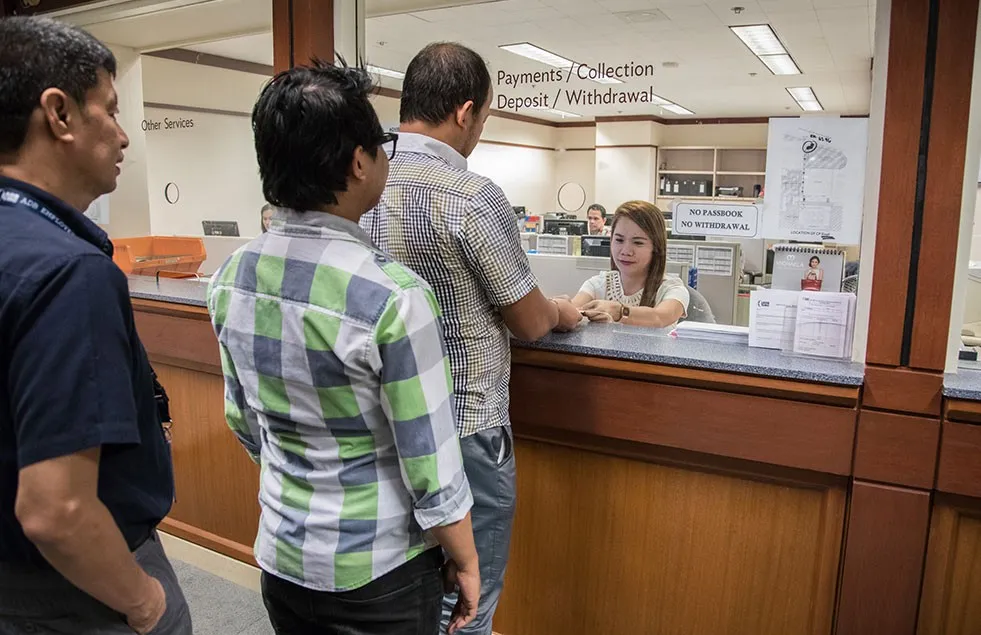
It focuses on the poor, low-income individuals, disadvantaged people, small and medium enterprises (SMEs), and micro-enterprises. Particularly, the strategy requires the active participation and close coordination of both the public and private sectors, applying modern technology and innovation to promote financial inclusion, while also encouraging the use of international experience to accelerate the implementation of comprehensive finance in Vietnam.
However, more than four years since the Prime Minister's decision, there is a lack of information regarding the implementation process and supervision. For instance, there is little evaluation of the methods of implementation, the provision of financial services to different population segments, SMEs, and households; the effectiveness and societal benefits; and the desired impact on the people, business households, and the small and micro business community.
These basic financial products and services provided by licensed organizations include payments, money transfers, savings, credit, and insurance for all people and businesses.
In reality, fintech companies such as Momo, ZaloPay, and Finviet have been actively digitizing these modern distribution channels to expand the scope of providing financial products and services at low costs, especially via mobile phones for residential classes and business households. With tens of millions of users, these fintech platforms have significantly contributed to the implementation of the Government's comprehensive financial strategy. This includes mobile payments, strong development of digital banking products and services, and digital finance services for people in rural, isolated, and remote areas, based on cooperation with credit institutions. These services are low cost, convenient, and safe, suitable for personal payment transactions.
However, the legal framework to encourage innovation and create favorable conditions for the development of diverse organizations supplying and distributing financial products and services has been slow to review and amend. For example, fintech companies are still operating under "experimental licenses" with many limitations. The lack of updated legal regulations poses significant legal risks, especially as technological advancements occur at an exponential rate, creating countless opportunities for technology companies.
Recently, during the amendment of the Law on Credit Institutions 2024, there were many opinions from the fintech business community and financial and banking experts suggesting the need to include a sandbox-controlled testing mechanism for fintech in the law, but this has not been accepted. Without a sandbox mechanism for fintech, it is challenging to connect with various laws, coordinate between relevant ministries, branches, and localities, and establish connections between credit institutions and financial technology organizations in electronic payment transactions. Consequently, it is impossible to build an economy linked to a national population database.
For fintech companies to continue researching, innovating, and developing a variety of basic financial products and services, aiming to successfully implement the National Comprehensive Financial Strategy, appropriate institutional support from the State is crucial. There needs to be smooth coordination between state management agencies, fintech enterprises, credit institutions, and professional associations. This coordination will create a foundation for improving access to financial services for the target groups of the National Financial Inclusion Strategy.
To achieve the goals outlined in the National Comprehensive Financial Strategy, several practical steps need to be taken. First, Strengthening Legal Frameworks: Amend and update legal regulations to provide clear guidance for fintech operations; Introduce a sandbox mechanism to allow controlled experimentation with new financial technologies. Second, Encouraging Public-Private Partnerships: Foster collaboration between government agencies, fintech companies, and traditional financial institutions; Utilize public-private partnerships to develop infrastructure and services in underserved areas. Third, Leveraging Technology: Invest in technological infrastructure to support digital finance; Promote the use of mobile and internet-based financial services to reach remote and rural populations. Fourth, Increasing Financial Literacy: Implement educational programs to improve financial literacy among low-income and disadvantaged groups; Provide resources and support to help these groups understand and utilize financial services effectively. Fifth, Monitoring and Evaluation: Establish mechanisms for regular monitoring and evaluation of the implementation process; Collect data to assess the impact of financial inclusion initiatives and adjust strategies as needed.
The National Comprehensive Financial Strategy represents a significant step towards achieving financial inclusion in Vietnam. However, to fully realize its goals, there is a need for stronger legal frameworks, enhanced public-private partnerships, and greater investment in technology and financial literacy programs. By addressing these challenges and leveraging the potential of fintech, Vietnam can create a more inclusive financial system that benefits all its citizens, particularly those who are currently underserved.




















